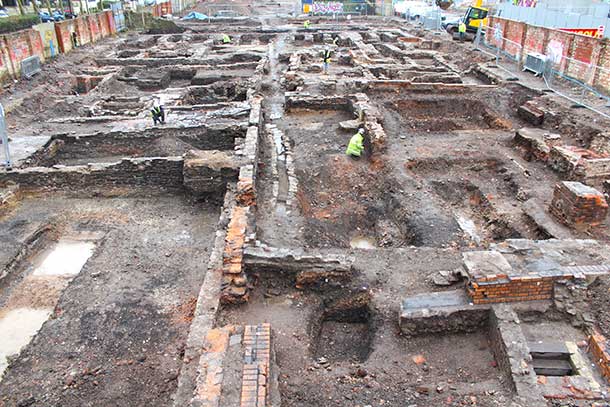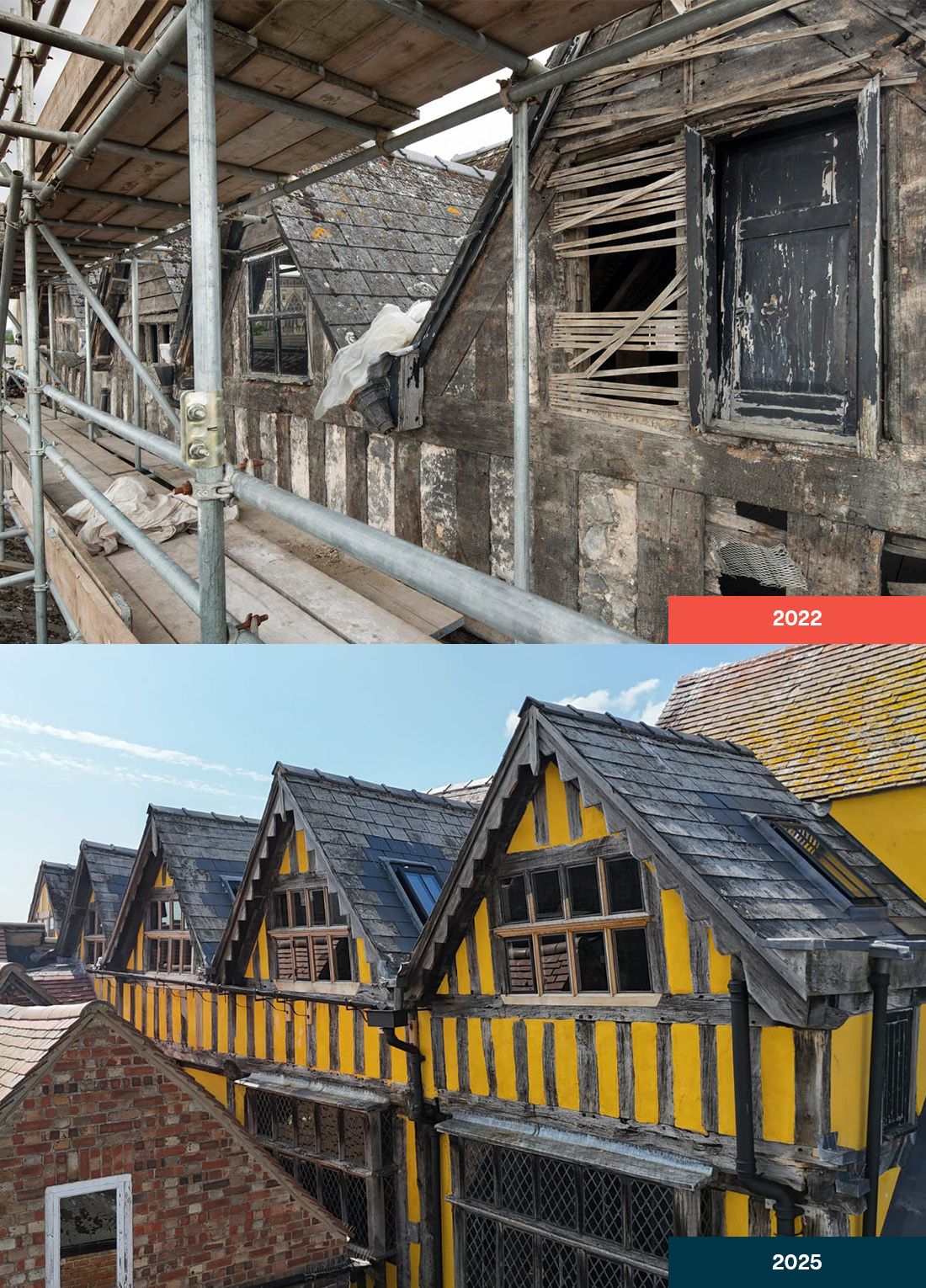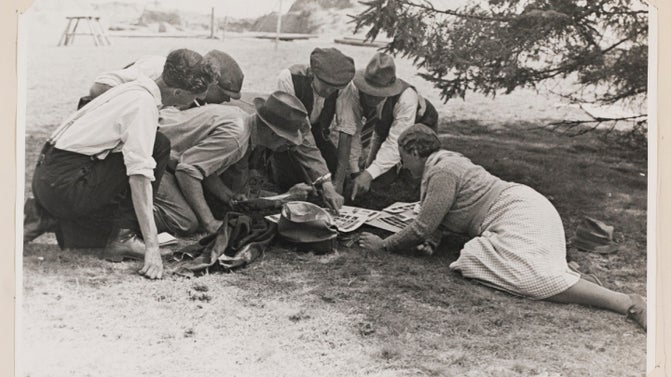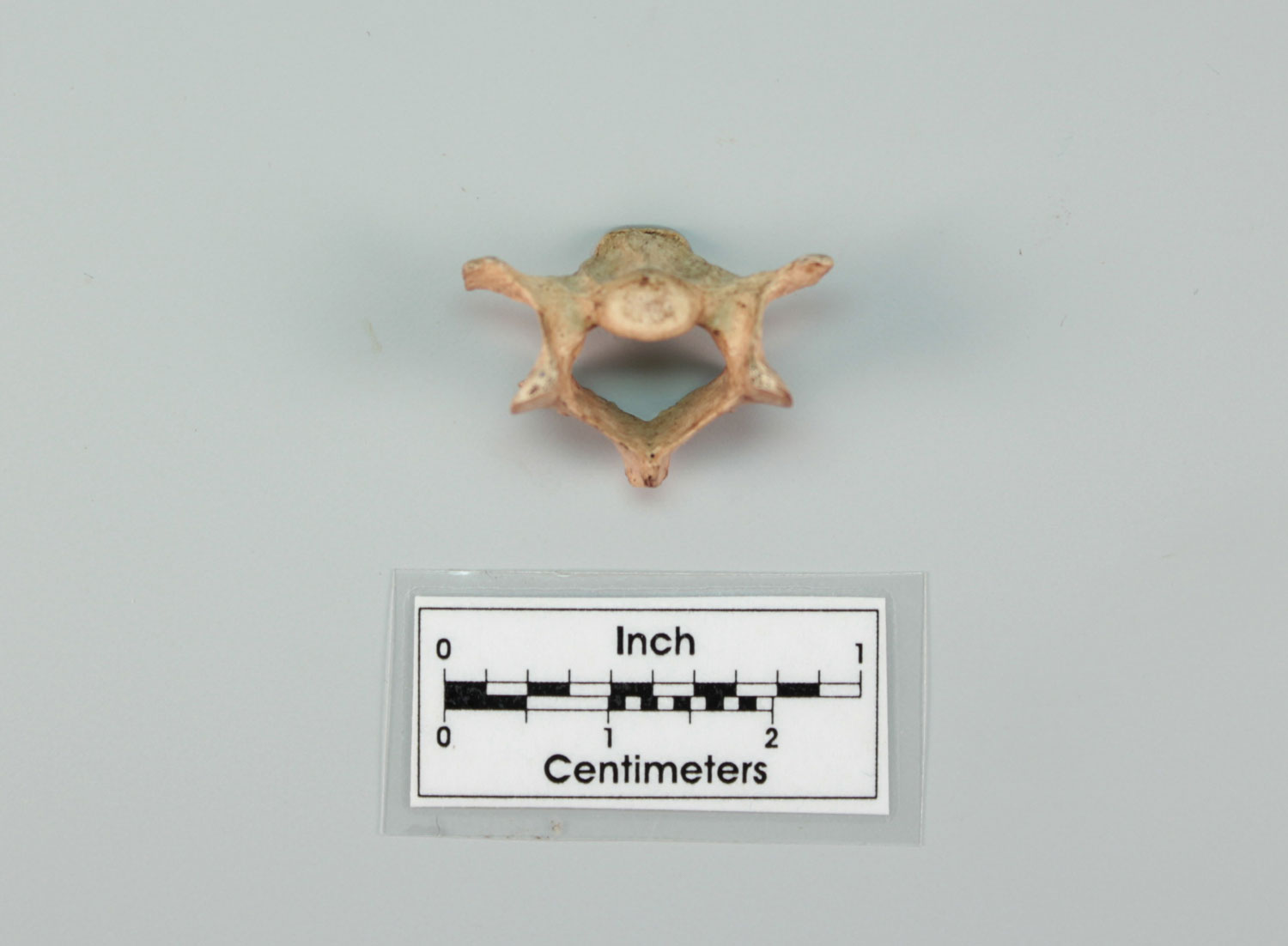Recent archaeological excavations at the Glassfields site on Old Bread Street in Bristol by Cotswold Archaeology have unveiled a rich tapestry of the city’s urban evolution, from medieval times to the industrial era. These investigations conducted between 2016 and 2017 have provided invaluable insights into Bristol’s historical landscape.
The site’s earliest findings include horticultural ground surfaces containing pottery dating from the 12th to 14th centuries, indicating agricultural activity during the medieval period. Subsequent layers reveal a progression of urban development, with evidence of domestic and industrial occupation from the late 17th century onwards. These include cellars, wells, cess pits, and structural remains associated with residential properties and industrial enterprises.

A significant discovery was the remains of a 19th-century clay tobacco-pipe factory, identified as belonging to James Winchester. Operating between 1834 and 1855, Winchester’s manufactory was confirmed by unearthing clay tobacco-pipe bowls stamped with “JW,” his maker’s mark. This site is noted for containing some of the best-preserved clay pipe kilns discovered in Britain, comprising three furnaces and a substantial number of clay pipes with various designs.
The excavation also uncovered structures associated with the Bristol Distillery Company, which operated from 1782 to the 1940s. These findings highlight the area’s longstanding connection to the production of gin and other spirits, underscoring Bristol’s role in the beverage industry during the industrial period.
Among the architectural remnants, well-preserved Georgian flagstone floors and cobbled yards were found, providing tangible links to Bristol’s post-medieval urban environment. These features offer a firsthand experience of the city’s historical streetscapes and domestic settings.
The Glassfields excavation has significantly contributed to understanding Bristol’s historical development, from its medieval roots to its industrial advancements. The discoveries of James Winchester’s clay pipe factory and the Bristol Distillery Company’s facilities, along with preserved Georgian architectural elements, paint a vivid picture of the city’s rich heritage. These findings enrich Bristol’s historical narrative and provide a foundation for future research and preservation efforts.
For a more detailed exploration of the Glassfields excavations, refer to Volume 142 of the Bristol & Gloucestershire Archaeological Society’s transactions: BGAS Transactions.





